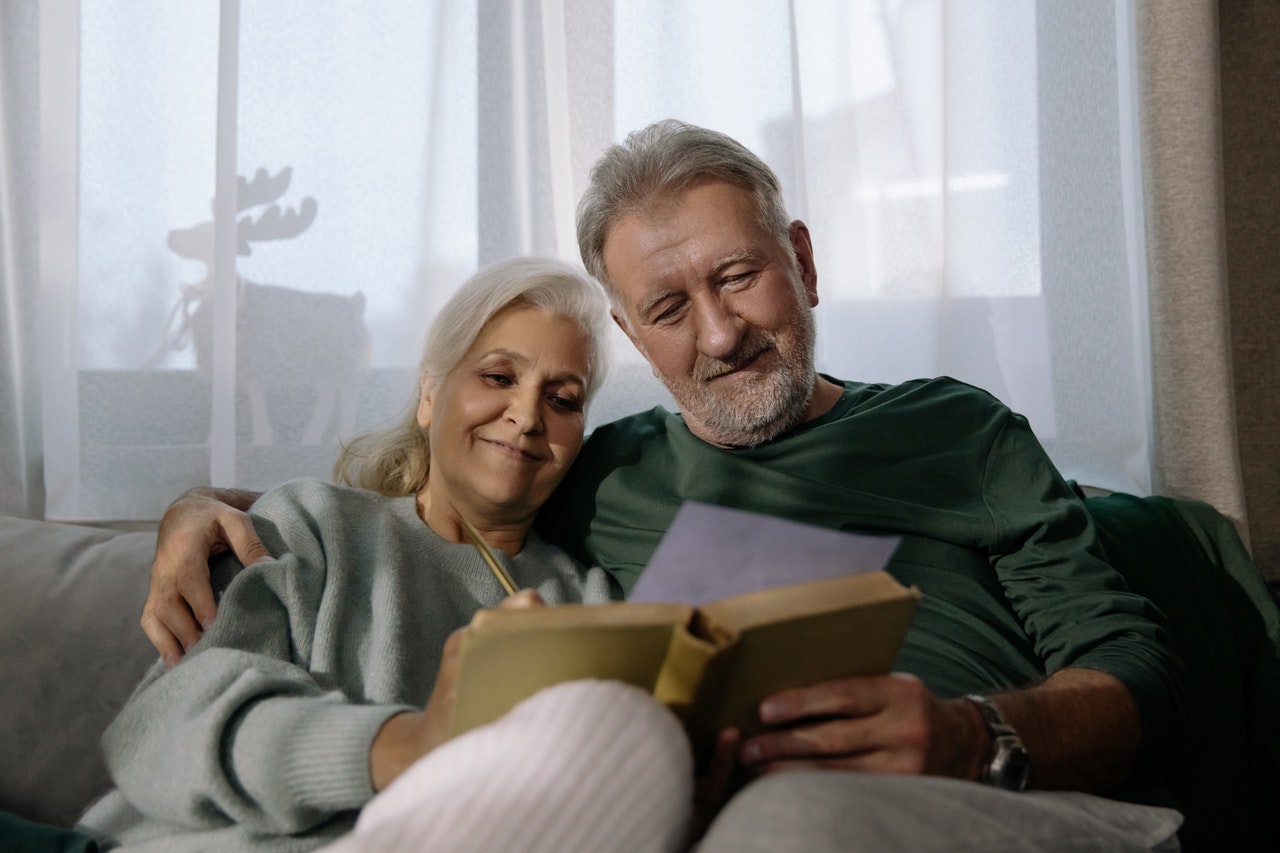Reverse Mortgages has grown five times since the Australian government’s Pension Loans Scheme (PLS) recorded data in the 2018-19 fiscal year.
The growth is spurred by retirees looking for ways to manage their cash flow in retirement while choosing to stay in their homes. This is based on a story published by the Sydney Morning Herald (SMH).
SMH Reporter John Collett reported that just 768 people had accessed the PLS at the end of the 2018-19 financial year, but the number increased to 4,039 by the end of March 2021.
[ RELATED POST: Pension Loans Scheme: Government Reverse Mortgage to be Expanded ]
Home Equity Penetration Still Low
However, the addressable market is still lower compared to the conventional mortgage business, and the actual penetration rate remains very low. This is based on a panel discussion on retirement income hosted by Household Capital, a reverse mortgage provider.
According to James Hickey, Deloitte Actuary and partner, the current outstanding reverse mortgage market of commercial providers is only around $3.6 Billion.
“We consider at the moment that the market has only penetrated around 1 to maybe even up to 1.5% of the potential addressable market that we just discussed,” added Hickey.
Hickey further estimates that around $1 Trillion is presently tied up in the properties of pensioners, with roughly $300 Billion being accessible for equity release.
“About half of collective wealth in Australia (estimated at roughly 55%) is tied up in housing, the panelist’s explained, which would be skewed toward older demographics who would potentially benefit from the use of a reverse mortgage,” Hickey said.
Hickey added that reverse mortgages are still not widely popular because people aren’t informed about the financial product and its existence alongside age pension and superannuation.
“And therefore, without that awareness, then it’s not being taken up by consumers,” Hickey said.
So, what is a reverse mortgage, and how it can help Australian retirees?
An Alternative ‘Solution ‘to Retirement Income
Following this critical industry report, Seniors First highlights how a reverse mortgage can become a ‘solution’ to facilitate income for Australian retirees.
By unlocking home equity, a reverse mortgage can help finance the cost of retirement and offer more options for pensioners, such as staying at home.
Many seniors wish to stay and receive aged care at home to spend their retirement with their loved ones.
So, the prospect of selling the home and moving into an aged care facility is typically the last resort for many. This is one of the top reasons why reverse mortgages are growing in popularity (albeit not enough to reach market standards).
[ Related Post: Reverse Mortgages in Australia, Seniors First Video ]
Seniors First offer reverse mortgages (also known as home equity loans) that will allow people from age 60 to unlock the equity of their homes to fund their needs such as aged care, debt consolidation, home renovation, and many more.
Like any other type of loan, interest will be charged, but you are not required to make regular repayments.
If you want to learn about reverse mortgages in detail, you can download our guide, Reverse Mortgage Secrets. This FREE special consumer report will help you learn more about reverse mortgages and how you can enjoy your home equity safely and save thousands.
You can also call Seniors First Finance at 1300 745 745 or post your comments below.
Regards,
Darren


[…] of 2021, the Australian Reverse Mortgage market was worth around AUD $3.5 billion, reflecting the growing popularity of this financial solution among seniors. Meanwhile, a 2020 […]